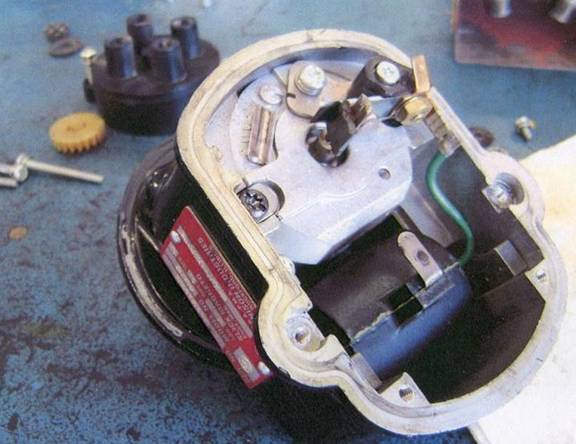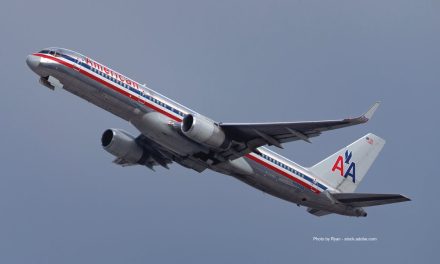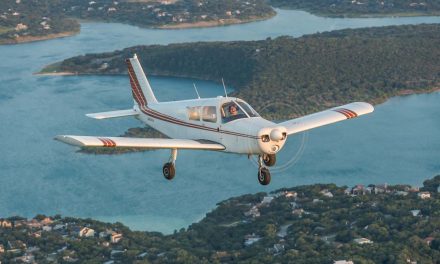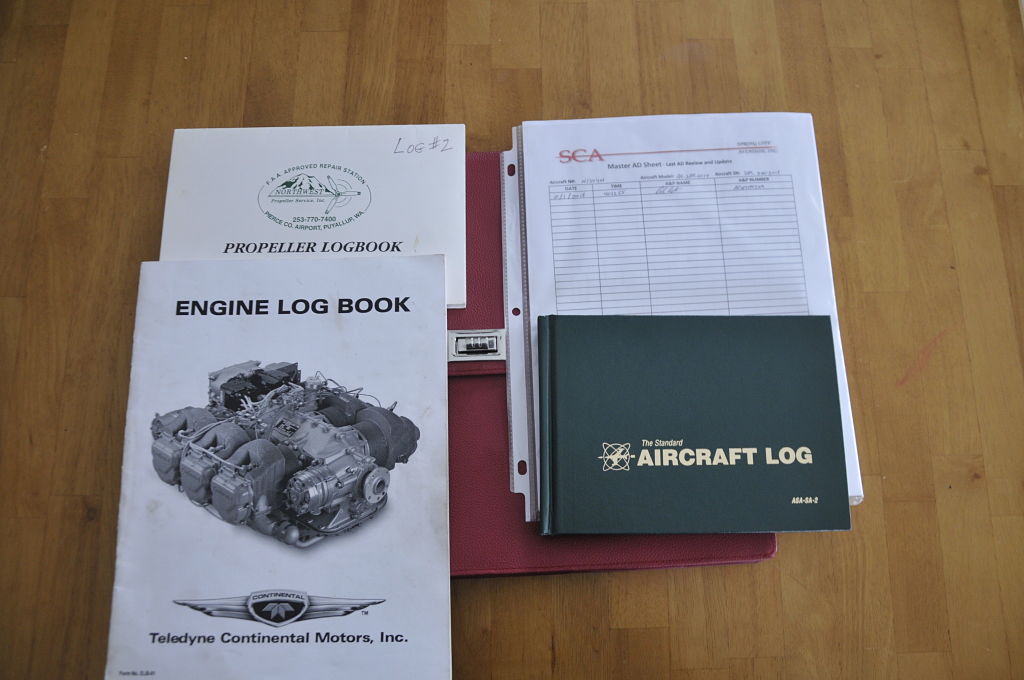What to Know BEFORE You Go
Sponsored by AirMart, Inc. – www.AirMart.com
An A&P’s Perspective on Preflight Inspections
Anyone who’s had more than two instructional flights has learned the basics of the preflight inspection. However, it appears to me that as pilots gain more experience and rack up more hours, they tend to fall into one of two categories. First, there are those pilots whose preflight inspections get more and more detailed, presumably because they’ve encountered problems and know more things to look for. Then, there’s the second category of pilots, those who get lazy and do less and less on the preflight, presumably because they’ve been lucky and never had anything bad happen and don’t believe it ever will.
I’ve seen things go wrong with a plane in-flight, and I like to minimize that possibility as much as possible. My goal in this article isn’t to provide a step-by-step guide to the basic preflight inspection, but rather to offer an A&P/IA’s perspective on the topic.
First, know that I’m all for checklists and Cessna has a very good (and thorough) preflight checklist for their piston aircraft. In fact, if you’re about to take your private pilot practical test you better be in the habit of using that checklist—the examiner will expect it of you. On the other hand, I don’t like to see pilots use the checklist as a “DO” list. That is, don’t read an item on the list, then go look for it on the plane; then, go back to the next item on the list, etc. This is how pilots may miss the obvious things, like a big puddle of oil on the ramp below the plane. Instead, a pilot should develop an “inspection flow,” looking for anything out of the ordinary, while periodically stopping to review the items on the checklist to make sure none of them were missed. As part of this inspection flow, start looking at the plane with a critical eye as you first approach it and while you’re still at a distance. If a plane has a bend gear or flat strut, it’s often more obvious from a distance.
5 Often Overlooked Preflight Precautions
As I said, I’m not going to go through a whole inspection. Instead, here are five specific things to check while performing the preflight that might otherwise be (and often are) overlooked:
- Bird nests – If you see bird droppings and/or a few pieces of straw around the cowling openings, you MUST remove the cowling and look for hidden nests. Just reaching in through the front openings and pulling out a fistful of nest material isn’t enough. Often, you can’t see a nest when you just look through the opening, but if there are droppings, there’s likely a hidden nest too. When you pull off the cowling, you will often find the nest buried down in between the cylinders or on the oil cooler. This is very dangerous and it must be cleared before flight. Not only is removal of the nest material critical to engine cooling, but leaving it can present a fire hazard as well. Birds can build a nest in just a few hours, so it’s important to check before every flight.
- Wheel fairings – Often, planes with wheel pants have neglected tires and brakes. I guess it’s the “out of sight, out of mind” syndrome. If it’s your personal plane, you need to periodically get down on your hands and knees (with a flashlight and mirror) and check the brakes. You know how much you’re flying the plane, so you don’t need to do it every flight, but don’t just “let the mechanic do it” at the annual. I’ve replaced many brake discs at the annual because the owner hadn’t checked the pads. Most flight schools and flying clubs have removed the fairings for this very reason, but if your rental plane still has them installed, I suggest you carry a flashlight and mirror in your flight bag and check them prior to every flight. Also, check the tires while you’re down there.
- Bent ailerons and rudders – It’s a good idea to lift the aileron up and inspect the hinge and counter weight, but BE GENTLE! Many Cessna ailerons have bent up trailing edges, largely due to overzealous pilots. Almost all rental and club Cessnas have bent rudders and many have cracked skins as well. As for the rudder, I see no reason at all to ever push on it. If you feel you really need to push the rudder over (perhaps to investigate evidence of a bird’s nest), push on the lower edge of rudder along the lower rib rivet line—do NOT push anywhere along the trailing edge.
- Fuel leaks – Sure, no fuel leak is a “good” fuel leak, but not all leaks are created equal. Cessna actually has some guidelines about fuel leaks and seeps. Here’s what the 172 Maintenance Manual says:
“Fuel leaks which do not constitute a flight hazard are stains, seeps, and heavy seeps NOT in an enclosed area.” And, “Fuel leaks which constitute a flight hazard are running leaks in any area, seeps, heavy seeps, or stains in an enclosed area…”
Bottom line: if it’s a small seep on the outside of the wing, it’s ok to fly temporarily, but it’ll need to be fixed soon. However, it doesn’t matter how small the leak is if it’s inside the wing or fuselage—NO internal leaks are allowed.
- Hydraulic fluid leaks – When you look at the nose strut and it’s all wet, gooey, and nasty, it’s hard to tell if you’re looking at an oil leak or a hydraulic fluid leak. Generally speaking, if you wipe some off with a rag, engine oil will remain wet and slippery, though it may be grimy and dirty. Hydraulic fluid, on the other hand, will get very sticky. Unless it’s very fresh, you will not be able to wipe it off and the rag will just stick to it. In order to clean the strut, you can soak the rag in some fresh hydraulic fluid to help dissolve the old sticky fluid. This is true on the belly of the airplane too. You may think you’re looking at oil from the breather, but if you touch it and it’s sticky, you may have a brake line leak. If you’re thinking hydraulic fluid is red, that’s true—if it’s fresh. However, once it’s been exposed to air, dirt, and moisture, it looks very much like oil.
As with all aviation topics, there are many more preflight discussions to be had. The point is, ALWAYS do a thorough preflight and don’t hesitate to ask a maintenance technician or another experienced pilot about something that “just doesn’t look right.”





